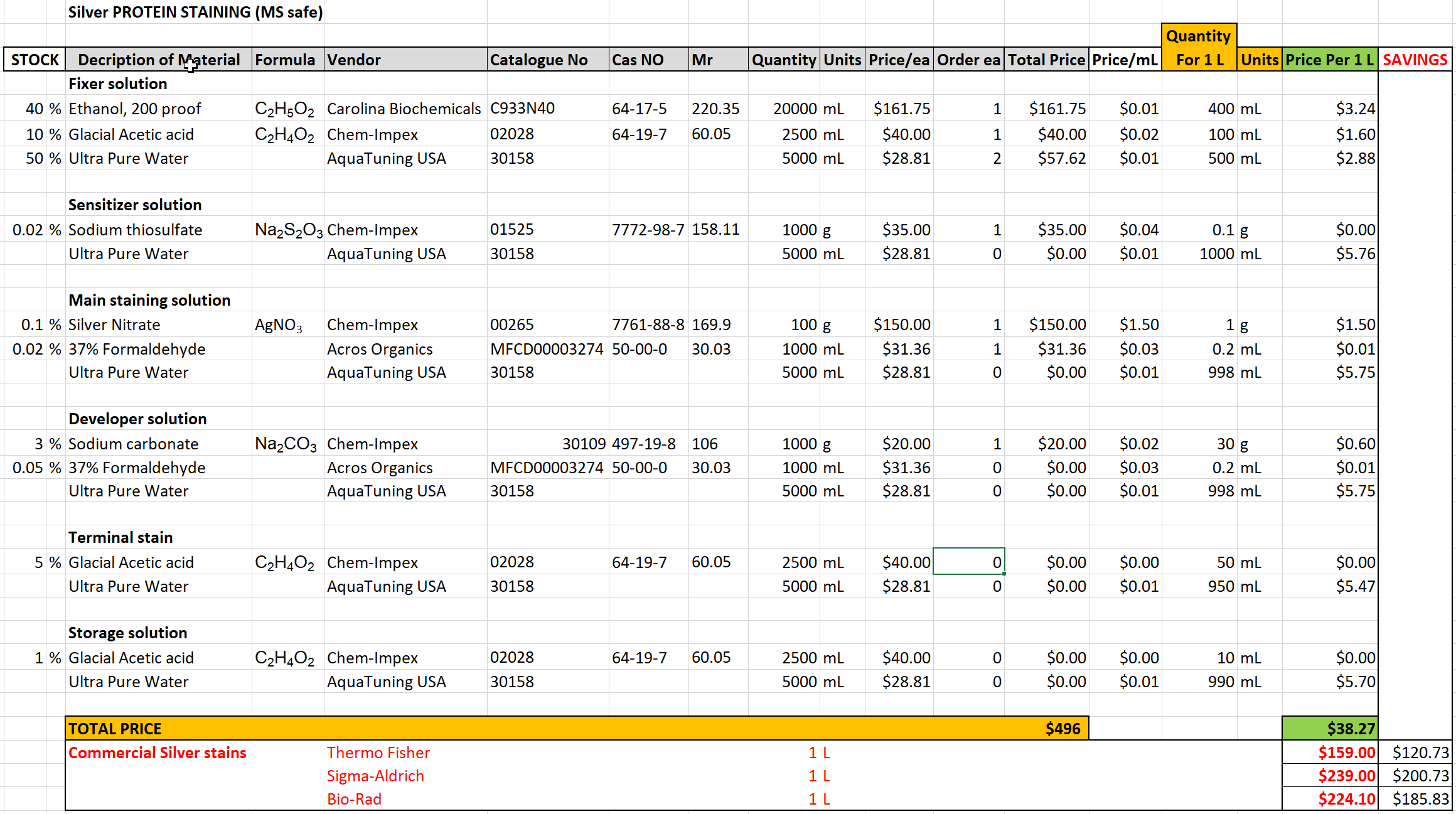 Experimental Design Strategy
Experimental Design Strategy
Let's DIP into the World of Savings
Sometimes instead of playing with your cell phone and being a couch potato it is worthy to spend an afternoon in a library browsing very old (I mean, really old bound and smelly) bioscientific journals. Most assays have been developed back then, and the authors provide full details of what they are doing and why. The same applies to the patents that you can Google online for free. Strangely, some students come to the labs and want to improve the procedures, but the conservative PIs are resistant to changes (I know many people buying Corning T75 flasks or serological pipettes from inertion, despite the fact that they cost 4 times more than in other sources). Now this is where the power of Internet hits. Browse as many companies as you can to find a competitive pricing. Do not rely only on the famous names and brands. There are many excellent quality-oriented smaller companies that you can buy from. Some materials can be bought even on eBAY or Amazon, or... CleanitSupply.com! Do not be afraid of used equipment. Recently I bought 10 ml Potter-Elvehjem Tissue Grinder for $23 instead of paying for $86 for new but equally functional homogenizer. What to do with the reluctant PI? Bring him/her a list of current expenses and the list of potential expenses, expected outcome and SAVINGS. Remember to buy less quantity for the first time, or ask if you may get the tryout sample for free.
Let me provide an example with Silver Protein Stain kit. Here in the table I present the price of individual reagents versus the entire kit available from three different commecial sources. As you see, little bit of price research does not hurt. From a single investment of ~$500 once, you will have the excess of reagents for multiple 1 L solutions. And the remaining amounts of 20 L of ethanol and glacial acid can be utilized for other lab protocols as well.
